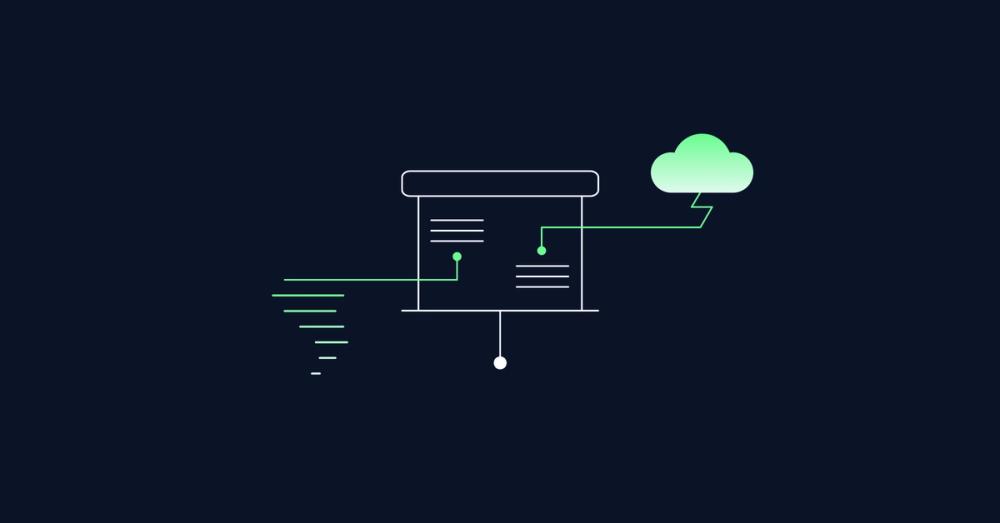S2E3: Migrating Data and Enhancing UI Components

In this post, I’ll be sharing a summary of our last episode where Judith and I dive into full-stack development using Next.js and Supabase. We cover a range of topics, from migrating data in our projects to enhancing UI components, and we explore the structure of components in Next.js. Along the way, we also discuss defining types and services in Supabase, integrating AI tools, and the exciting future of React 19 and TurboPack. Join me as I walk through the key takeaways from our discussion!
Migrating Data from Previous Projects Link to this headline
One of the first things we touch on is data migration. Moving data from previous projects helps us improve the user experience by ensuring everything is seamless as we continue adding new features. Keeping data consistent across projects is key to making sure our app works as intended.
Enhancing UI Components Link to this headline
We also dive into the significance of UI components and how enhancing them makes the overall user experience much smoother. By working on clean, cohesive designs, we ensure the app feels intuitive and engaging. Thoughtfully designed UI components can make a big difference in how users interact with the application.
Understanding Component Structure in Next.js Link to this headline
Next.js offers a lot of flexibility, and understanding how to structure components properly is crucial. We discuss how organizing components well can lead to a better user and developer experience. A good component structure not only saves time but also makes it easier to scale and maintain the app as it grows.
Star Rating Components Link to this headline
One interesting topic we explore is star rating components. They’re commonly used, but if not implemented thoughtfully, they can be limiting. We talk about how important it is to design rating components that work well with user feedback and how they can be integrated into an app in a way that benefits the user experience.
Defining Types and Services in Supabase Link to this headline
We also highlight the importance of defining types and services in Supabase. When we define how data is structured, it not only improves the quality of our code but also makes it easier to manage as the project evolves. It's one of those steps that often gets overlooked, but it’s essential for ensuring your code remains clean and manageable.
Integrating AI Tools for Development Link to this headline
Another exciting point we discuss is the integration of AI tools. By leveraging AI and CLI tools, we can automate repetitive tasks, allowing us to focus on the more complex aspects of development. This makes the development process more efficient and less prone to errors, freeing us up to be more creative.
Client vs Server Components in Next.js Link to this headline
In Next.js, client and server components serve different roles, and understanding their interaction is key. We explain how client-side rendering and server-side rendering work, and how to optimize both for better performance. This is something every Next.js developer should know to ensure their app runs as efficiently as possible.
React 19 and TurboPack Link to this headline
Looking ahead, we discuss the future of React, specifically React 19 and TurboPack. These tools promise to improve performance and streamline development, and we’re excited to see how they’ll enhance our workflow once they’re more widely adopted. Staying up to date with these innovations is essential for any developer looking to stay ahead of the curve.
The Importance of Feedback and Community Engagement Link to this headline
We can’t stress enough the value of feedback and community engagement. Actively seeking input from others not only helps us improve the development process but also ensures we are building an app that meets user needs. Listening to the community is key to making better decisions and creating a more successful product.
User Authentication in Full Stack Applications Link to this headline
Another essential aspect of full-stack development is user authentication. We talk about the importance of securing your application by implementing strong authentication systems. Ensuring that user data is protected and that only authorized users can access certain features is crucial for the integrity of your app.
Exploring New Technologies Link to this headline
Finally, we touch on the value of exploring new technologies, particularly in side projects. By experimenting with emerging tech, we gain valuable insights that we can apply to our main projects, helping us innovate and grow as developers. It’s a great way to stay curious and push the boundaries of what we can build. is key! Working together improved both the project outcome and our development process.
Frequently Asked Questions Link to this headline
Why is data migration important in full-stack development?
- Data Migration & Wrangling
- Discovery Patterns
Migrating data from previous projects ensures consistency and enhances the user experience by maintaining smooth functionality and data integrity as new features are introduced.
How do AI tools help streamline development?
- Data Migration & Wrangling
- Discovery Patterns
AI and CLI tools automate repetitive tasks, allowing developers to focus on more complex and creative parts of building applications, speeding up the development process.
What is the difference between client and server components in Next.js?
- Data Migration & Wrangling
- Discovery Patterns
Client components are rendered in the browser, while server components are rendered on the server. Understanding how both work and interact helps optimize performance in a Next.js app.


